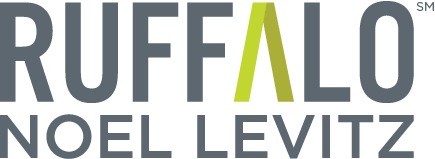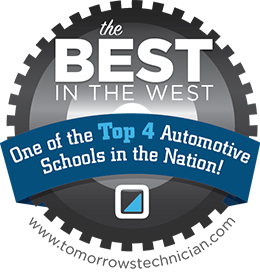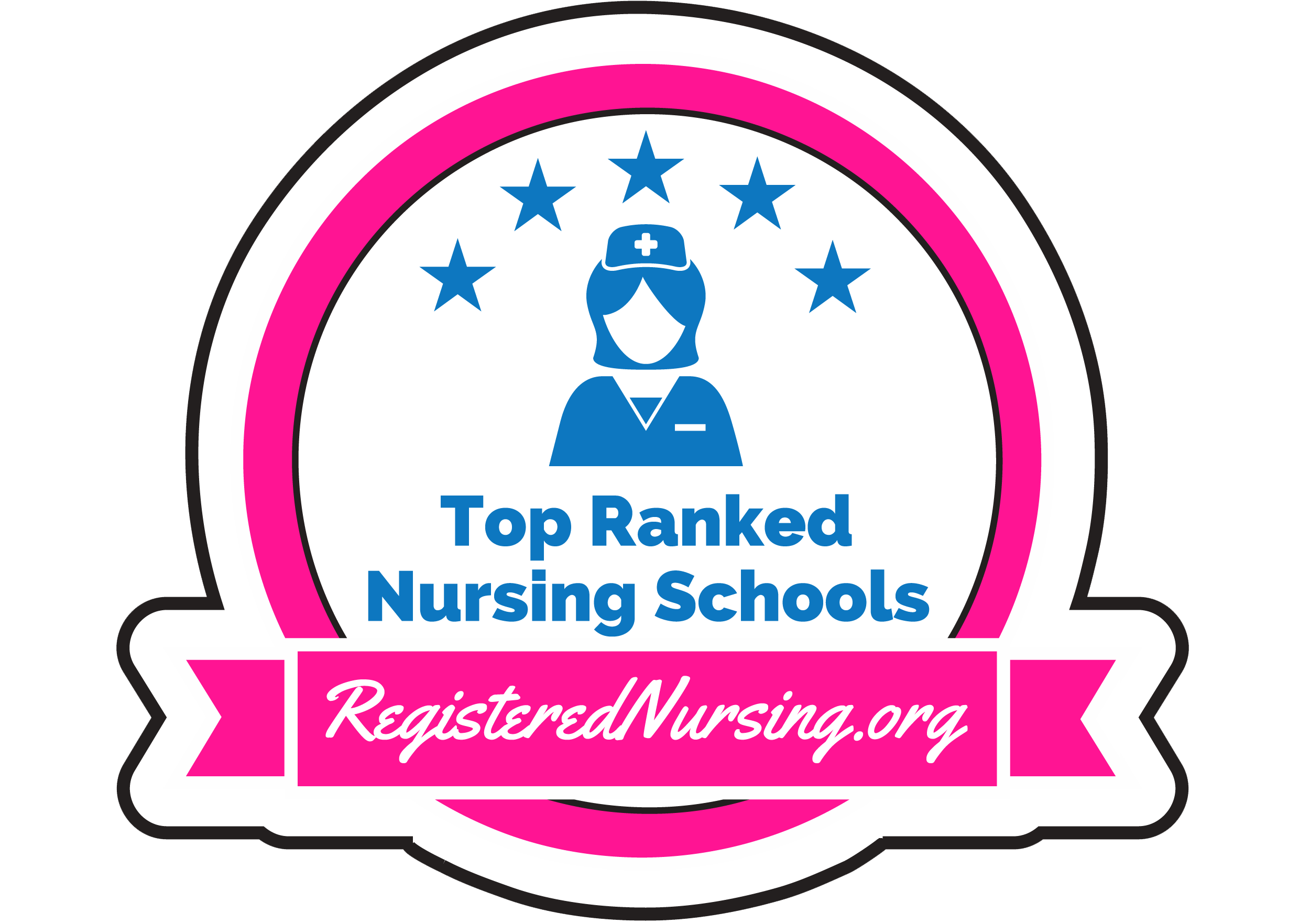|

Welcome to Southeast Tech
Southeast Tech provides quality technical education opportunities to residents of South Dakota and the surrounding area.
Southeast Tech is one of four state-supported post-secondary technical institutes in South Dakota. Over fifty different major fields of study are offered. Southeast Tech grants associate of applied science degrees, diplomas, and certificates upon successful completion of individual program requirements. Southeast Tech offers programming in a variety of instructional formats to meet the needs of students, including traditional, online, hybrid, evening and weekend.
In addition, a wide variety of Adult and Continuing Education (credit and noncredit) classes, workshops, and seminars are offered to assist area residents in expanding and augmenting their occupational skills or to assist in general improvement of their chosen lifestyles.
Vision
Educational excellence for tomorrow’s workforce.
Mission
To educate individuals for dynamic and rewarding careers that promote lifetime success and meet the workforce needs of our region.
Southeast Tech Core Values
Student Learning: Southeast Tech provides an environment for student mastery of academic and technical skills.
Student Centered: Student satisfaction and success are valued by Southeast Tech and have a high priority among all the stakeholders.
Diversity/Equity: Southeast Tech values and respects the dignity and worth of all persons and the diverse opportunities that are available to everyone.
Excellence: Southeast Tech strives for excellence and quality in all of its endeavors.
Innovation: Southeast Tech values creative solutions and continuously seeks new, flexible and responsive ways to achieve its mission and goals.
Collaboration: Southeast Tech fosters the development of a partnership with all stakeholders in the delivery of its mission and goals.
Accountability: Assessment and evaluation of student learning, programs and institutional effectiveness are systemic processes for assuring success and improvement.
Goals
In Fall 2016, Southeast Tech established the following institutional strategic goals to achieve its mission:
Goal 1: Institutional Leadership & Management
Goal 2: Marketing & Recruitment
Goal 3: Programs & Partnerships
Goal 4: Resource Sustainability
National Recognition
Southeast Tech is proud to have received numerous accolades over the recent years which include:
 |
Noel-Levitz’s Retention Excellence Award (2017) |
 |
7th Best 2-year College in America by Niche.com (2017)
|
 |
Tomorrow’s Tech’s Top 4 Automotive Technology School in the US (2016)
|
 |
Engineering and Surveying’s (NCEES) Surveying Education Award for Land Surveying Science Technology Program (2016) |
 |
Affordablecollegesonline.org’s 36th Best Online Accounting Degree for Two-Year Colleges in America and Best South Dakota Online Two-Year College (2016)
|
 |
13th Best Community College by SmartAsset (2016) |
 |
Value Colleges’ Top 50 Best Value Two-Year Colleges (2016)
|
 |
Designated Military Friendly school
|
 |
4th Best RN Program in South Dakota
|
Institutional Student Common Learning Outcomes & Assessment
By the time students graduate, they will demonstrate competence in:
Science & Technology: Technical competence including knowledge of technology and/or scientific principles as these apply to programs.
Problem Solving & Critical Thinking: The ability to select and use various approaches to solve a wide variety of problems – scientific, mathematical, social and personal. Graduates will also be able to evaluate information from a variety of perspectives, analyze data and make appropriate judgments.
Communication: The ability to communicate effectively in several forms – oral, written, nonverbal and interpersonal. Graduates will also demonstrate knowledge of how to manage and access information.
Professionalism: Strong work ethic, including responsible attendance; skill in teamwork and collaboration, as well as an ability to work with others, respecting diversity; ability to adapt to change; commitment to lifelong learning; adherence to professional standards; and positive self-esteem and integrity.
At the institutional level, these common student learning outcomes are measured through sampling student work, projects, presentations, or clinical/internship experiences, use of institutional rubrics, and/or analysis of course projects.
As an integrated component of programs, the common student learning outcome concepts are taught and evaluated in every program. Samples of student work are selected from general education and program courses and are annually evaluated to determine the level of student achievement. Results of these direct measures are compared with indirect measures such as employer surveys, graduate surveys, focus groups, and student satisfaction surveys.
Southeast Tech is committed to maintaining a campus culture focused on learning. Southeast Tech recognizes that for learning to be successful, there must be meaningful measures, faculty ownership of the assessment, and strong support from the administration. Southeast Tech characterizes assessment of student learning as a comprehensive student-centered process that is continuous, systematic, structured, and sustainable.
Assessment of student learning outcomes flows from Southeast Tech’s mission and the competencies taught in the various programs. Instructors use a variety of measures to determine how well students achieve learning outcomes. For example, many programs in the Health and Human Services Division use mock licensure and board exams; Transportation Division programs use national certification exams from NATEF to check student competency. Programs in other divisions use a variety of locally-developed instruments including pre- and post-tests, portfolios and capstone projects to measure competence.
General Education Mission and Philosophy
The mission of General Education at Southeast Tech is to complement the technical programs by providing courses which broaden knowledge, skills, and attitudes for successful employment and personal success. A core of courses is designed to provide practical application of competencies. General education functions as an integral part of the programs which lead to diplomas and degrees.
Every learner has worth and possesses unique abilities. Learning is an active process best supported by dynamic teaching. The general education program strives to develop self-directed learning behaviors and thinking. Courses are designed to help learners become responsible employees in their various fields.
General Education goals for AAS transfer courses include the following:
Goal 1: Students will write effectively and responsibly and will understand and interpret the written expression of others.
Goal 2: Students will communicate effectively and responsibly through listening and speaking.
Goal 3: Students will recognize when information is needed and have the ability to locate, organize, critically evaluate, and effectively use information from a variety of sources with intellectual integrity.
Goal 4: Students will understand the diversity and complexity of the human experience through the study of arts and humanities (at Southeast Tech this is addressed through Social Sciences).
Goal 5: Students will understand and apply fundamental mathematical processes and reasoning.
Goal 6: Students will understand the fundamental principles of the natural sciences and apply scientific methods of inquiry to investigate the natural world.
Assessment of general education is accomplished through course projects, performance evaluations, portfolios, and exams.
The commitment to general education is further demonstrated in institutional-level learning outcomes upon which assessment activities are based.
General Education Core Curriculum
Southeast Tech has established articulation for the transfer of the general education core curriculum for the Associate of Applied Science degree. For specific articulation agreements, please contact the Vice President of Academics. The core courses for Southeast Tech’s AAS degrees are the following:
A minimum of 15 general education credits are required for all AAS degrees.
* These courses will transfer to the South Dakota Board of Regents university system. An additional course, CHEM 106T - Chemistry Survey , will also transfer to the public university system.
Each diploma program requires a general education component, which varies according to the program. The core for diploma programs ranges from 5 to 9 credits including courses in mathematics, communication, human relations and/or psychology, and/or a 2 or 3 credit computer applications course.
Southeast Tech also offers certificate programs. These programs generally consist of less than 18 credits and may not include general education coursework.
Campus History
Southeast Tech has offered over 40 years of educational excellence to students in the Sioux Falls area and beyond. In May, 1965, Sioux Falls was designated by the State Board of Vocational Education to be one of the four areas in South Dakota to provide post-high vocational technical education. Southeast Area Vocational Technical School opened its doors in 1968. That year, Southeast Area Vocational Technical School began operations offering the following programs: Practical Nursing, Major Appliance Repair, Industrial Electronics, Drafting, Data Processing, Diesel Mechanics, and Airplane Mechanics. The original enrollment was 118 students.
Glen Bunday served as the first Director of the school until he retired in 1969. Ed Wood succeeded him and guided the school as Director for seventeen years from 1969-1986. Terrence Sullivan succeeded Ed Wood in 1986 and served as Director of the Institute for fifteen years until he retired in 2001. Dr. Stan Vittetoe served as Southeast’s Director from July 2001 through July 2003. Jan Nicolay served as Southeast’s Interim Director from September 2003 through May 2004. From June 2004 through June 2016, Jeffrey R. Holcomb served as the Institute’s President, and beginning in September 2016, Robert Griggs, JD, became the institute’s President.
In 1970, the Sioux Falls School District purchased a building at 15th and Western. The building was renamed The Career Center. In 1975, the building’s name was changed to the West Campus of Southeast Tech to reflect the increased involvement of post-secondary vocational technical training.
An additional facility that housed post-secondary vocational technical operations included the East Campus complex acquired in 1973 and 1978 and was located in the area of 9th Avenue and 14th Street. This complex included six buildings which served as the home for such programs as Advertising Design, Auto Body, Auto Mechanics, Diesel Mechanics, Printing, Horticulture, and the Sioux Falls School District’s Print Shop. In addition, just a short walk away, the former Beadle Elementary School had been used since 1981 to provide various training programs such as Heating, Ventilation, Air Conditioning, and Refrigeration, Franchise Restaurant Management, Accounting, Marketing, and Computer Literacy courses.
The 1989-90 school year witnessed the relocation of the vocational technical institute to new facilities located on the northwest side of Sioux Falls at the intersection of Maple Street and Interstate 29, Exit 81.
The Adult Learning Center previously housed at Lincoln Senior High School was moved to the new campus along with Data Processing, Office Systems, Franchise Restaurant Management, Advertising Design, Civil and Architectural Drafting, Electronics, General Education, Marketing/Accounting, Printing, Surgical Technology, and the School District’s Print Shop.
All of the remaining East Campus and Beadle School programs moved to Southeast Tech’s new campus in August, 1990.
All of the former facilities were sold and the proceeds of the sale were applied to the cost of construction for the new facilities. The Scarbrough Child Care Center, named after Alva W. Scarbrough, an ardent education supporter and community leader, opened its doors in September of 1991 to provide infant, toddler, and preschool child care for students attending the institute.
In July of 1993, Southeast Area Vocational Technical Institute officially changed its name to Southeast Technical Institute.
In 1994, a fourth building opened its doors on campus to house the growing health programs. At this time, names were assigned to the three classroom buildings. “Ed Wood Trade & Industry Center” was the name assigned to the building that housed the industrial and technical trades in honor of Ed Wood’s dedicated service to the school. The main building was given the name “George S. Mickelson Education Center,” in honor of the late governor who made much of the development on the Southeast Tech campus possible. Finally, the new health building was given the name “Health Science Center.” The name was changed in 2001 to the Terrence M. Sullivan Health Science Center in honor of Southeast Tech’s third director.
In the spring of 1998, an additional 112 acres of land were purchased to the west and south of the Southeast Tech campus, allowing the potential to triple the size of the existing campus.
Faced with increasing storage needs due to double-digit enrollment growth since first occupying the campus in 1990, the Institute added its fifth building in 1999. This cold storage facility is located behind the Ed Wood Trade & Industry Center.
In the spring of 2001, Southeast Tech’s Technology Center opened.
Southeast Tech’s first student housing facility, Hummel-Nicolay Hall, opened in fall 2003 and accommodates up to one hundred students. Andera Hall opened in 2005 to accommodate an additional one hundred students.
An expansion of Southeast Tech’s Sullivan Health Science Center opened in Fall 2005 and doubled the size of the facility.
In 2010-2011, Southeast Tech remodeled its Mickelson Center to add a Student Success Center, combine and update the Admissions and Financial Aid offices, move and update the Southeast Tech Bookstore and Adult Education and Literacy Center, add classrooms, two conference rooms, a presentation room, and a student lounge, and to provide student learning spaces in several locations throughout the building.
In the fall of 2016, Southeast Tech opened a new building, the HUB Center, to expand the automotive and diesel programs, provide on-campus food service, additional classrooms, and more administrative offices, as well as an auditorium space.
|